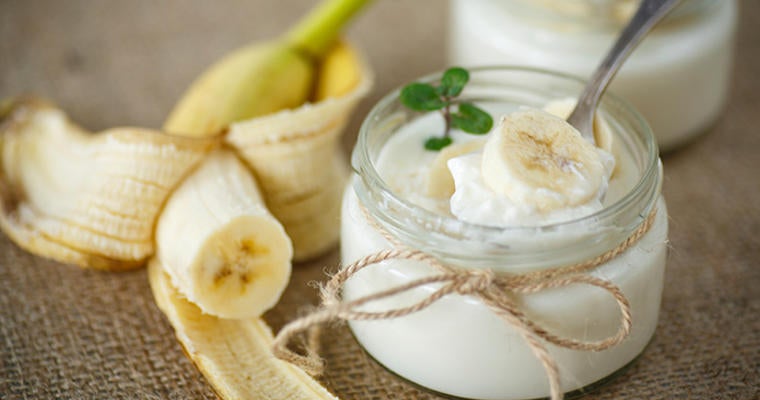Do you have cultured or fermented foods on your menu? If so, then you are already serving probiotics! You’re probably thinking, what are probiotics and why is this a good thing? Probiotics and prebiotics are two very popular components of food that offer consumers health benefits they are looking for. Consumers not only want to know if a food is “good” or “bad” for them, they want to understand specifically, “what will this food do for me?”
Probiotics
Probiotics are a naturally occurring “good” bacteria that is found in our digestive tract. They are also found in certain foods we eat. Although the benefits of probiotics can vary from person to person, they have been found to aid in digestion and may help in boosting our immune system. Some strains of probiotics, or live cultures, may actually help in reducing lactose intolerance and may help to prevent specific allergy symptoms. While consumers can find probiotics as a supplement or pill form, many people are looking for whole food sources that offer the same beneficial effect.
Examples of probiotics are:
- Yogurt, buttermilk, kefir
- Aged cheeses such as cheddar, parmesan and Gouda
- Kimchi, sauerkraut
- Sourdough bread
- Tempeh and Miso
- Beer and Wine
Prebiotics
Probiotics work best when they have prebiotics around to help them grow. Prebiotics are natural, non-digestible forms of fiber that serve as food for the probiotics. These special forms of bacteria may also help to improve gastrointestinal functions, as well as potentially enhance calcium absorption.
Foods where prebiotics can be found:
- Artichokes
- Garlic
- Leeks
- Onions
- Asparagus
- Bananas
- Wheat and Oat
- Barley and Rye
In addition, manufacturers have started to add prebiotic compounds to many foods like yogurts, cereals, nutritional supplement bars and breads.
A Winning Combination
Although there are currently no approved claims about the health benefits of probiotics and prebiotics in Canada, research showing the benefits to eating this nutritional “power couple“ is growing. Consumers are looking for these benefits not only when they are eating at home, but when they are dining out. By serving pre and probiotics together, the two work synergistically and provide multiple types of beneficial fiber as well as essential nutrients. And they taste much better than a supplement.










